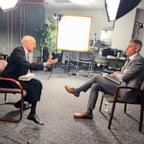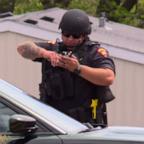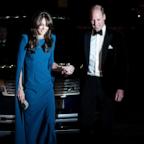Autistic Children Have More Gray Matter in Brains
Mar. 23 -- WEDNESDAY, Nov. 28 (HealthDay News) -- Children diagnosed with autism have more gray matter in their brains than non-autistic children, report researchers who used a novel imaging technique to analyze brain structure.
The excess gray matter in the parietal region may make it harder for autistic children to learn how to function socially by watching other people's behaviors, the researchers suggest. In contrast, increased gray matter among non-autistic children correlated with higher IQ, the researchers said.
The researchers, at the Fay J. Lindner Center for Autism, North Shore-Long Island Jewish Health System in Bethpage, N.Y., were to present their findings Nov. 28 at the Radiological Society of North America annual meeting, in Chicago.
The researchers analyzed the brain images of 13 males who had either high-functioning autism or Asperger Syndrome, a developmental disorder in the autism spectrum. The researchers compared the results with images from 12 children who did not have autism. On average, the preteens were 11 years old.
The researchers used a technology called diffusion tensor imaging (DTI) to produce a visual map of each child's brain. Scientists usually use DTI to visualize the brain's white matter, as well as the brain fibers. However, the research team applied it to the assessment of gray matter by employing apparent diffusion coefficient based morphometry (ABM), a new method that highlights brain regions with potential gray matter volume changes.
They found gray matter abnormalities throughout the brain, but particularly in the parietal lobe, which adds to previous research suggesting that mirror neurons found in that region play a key role in autism.
The increase in gray matter probably affects the action of the mirror neurons, said study investigator Manzar Ashtari, who is now a senior neuroscientist at Children's Hospital of Philadelphia. Mirror neurons are those cells that activate when you perform an action and then see someone else perform the same action, or vice versa. These neurons have been dubbed the "monkey-see, monkey-do" cells.




